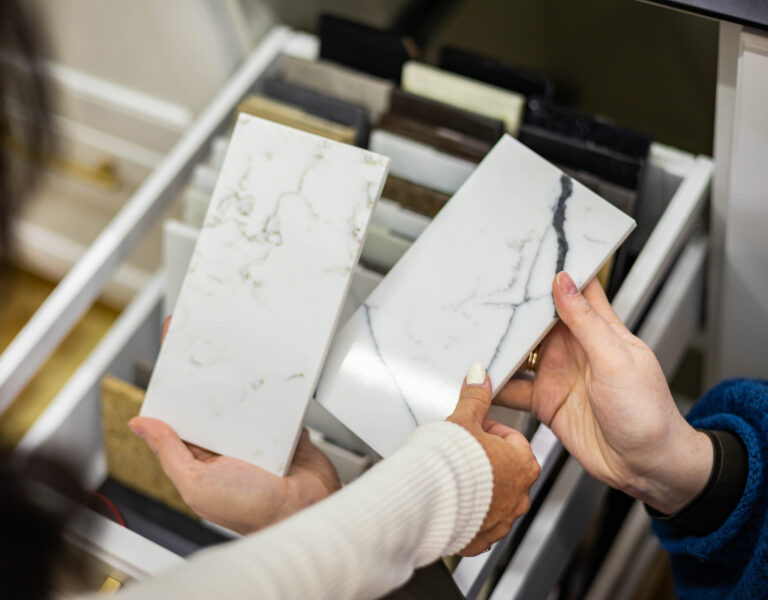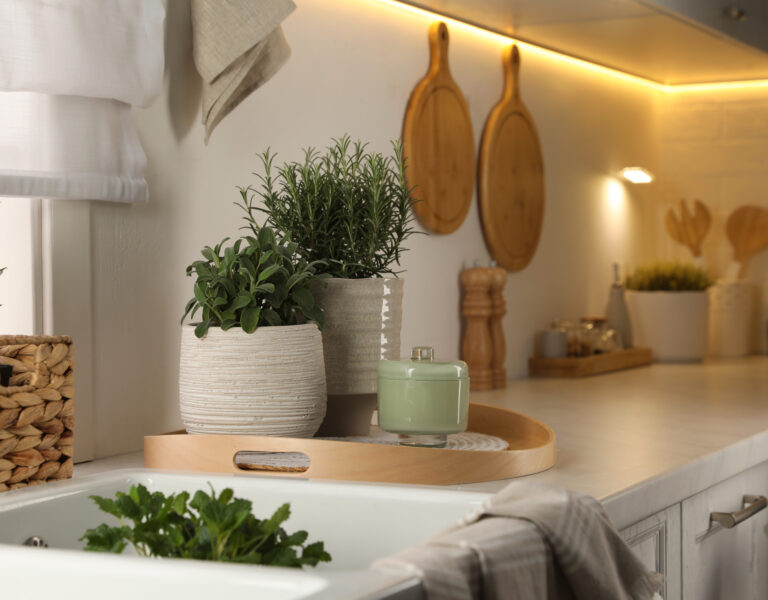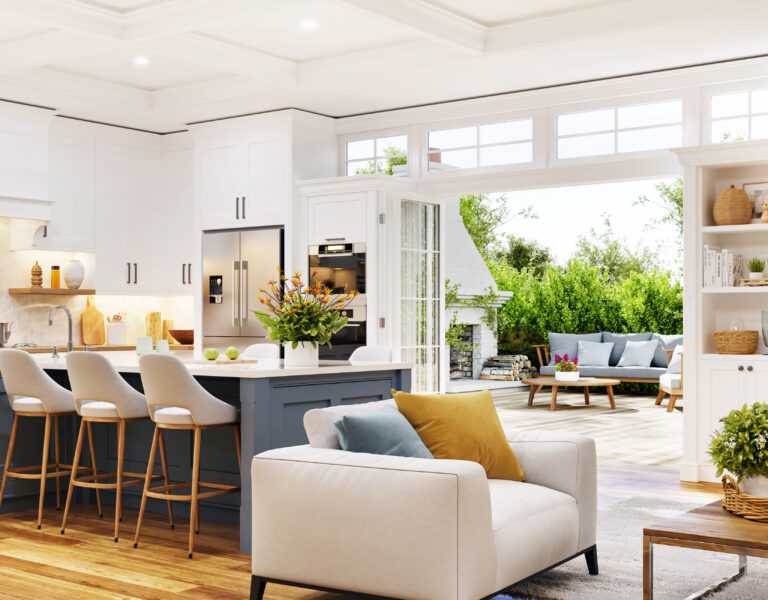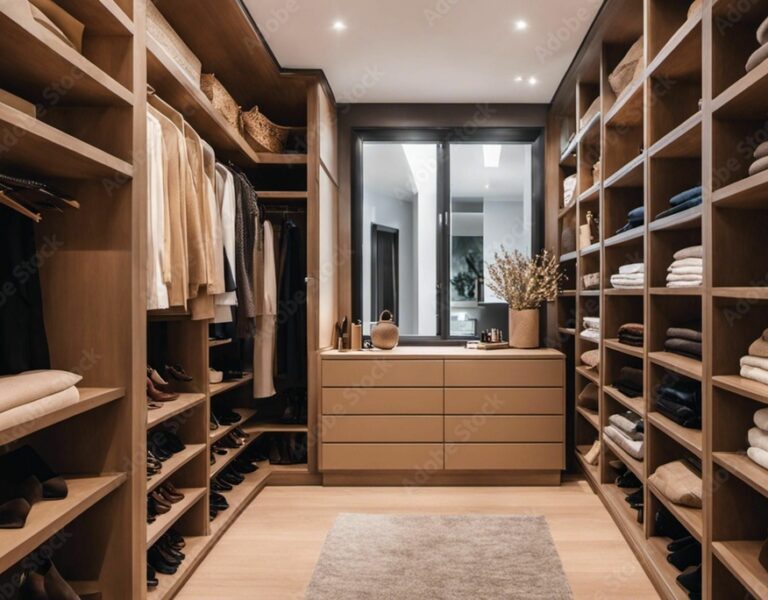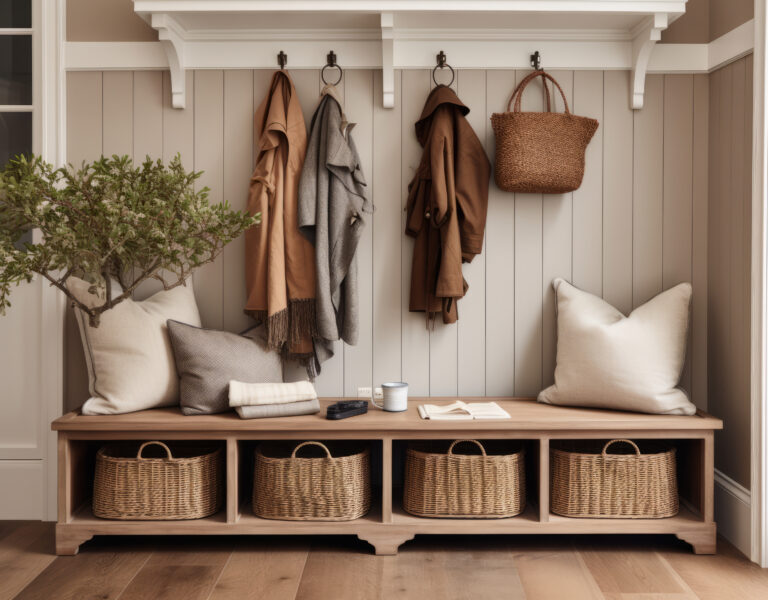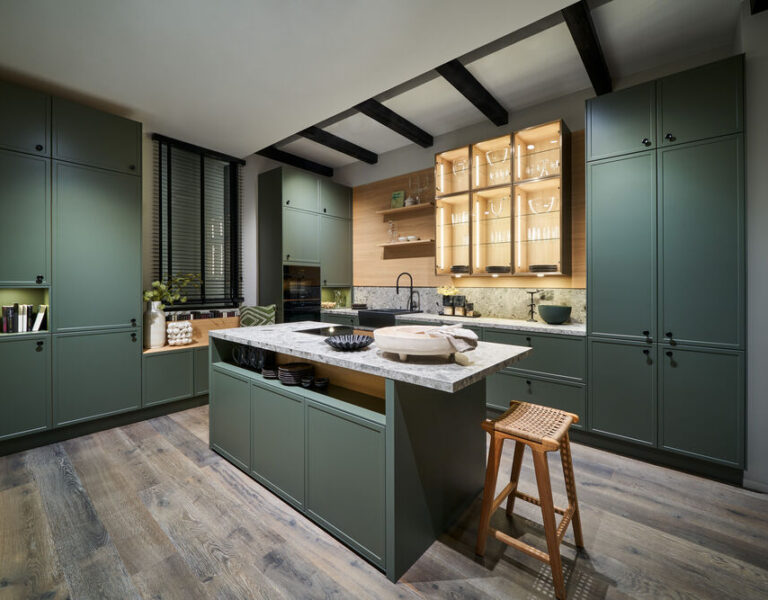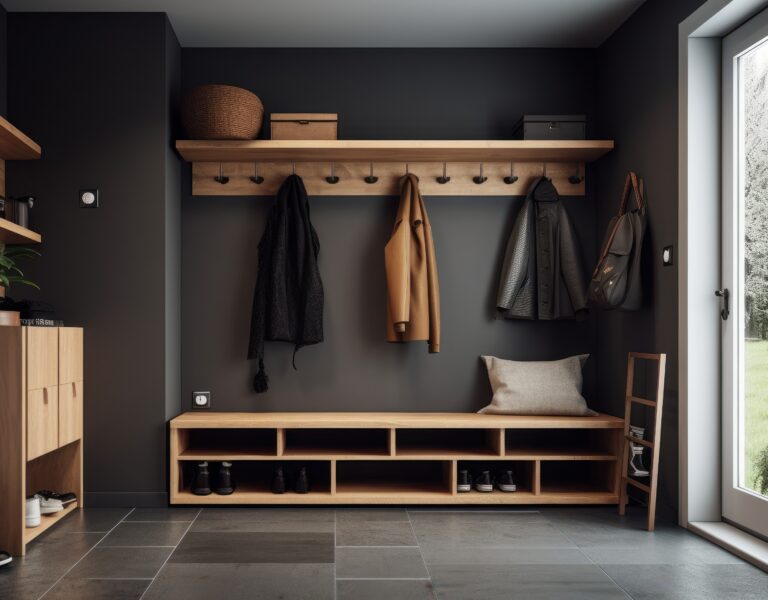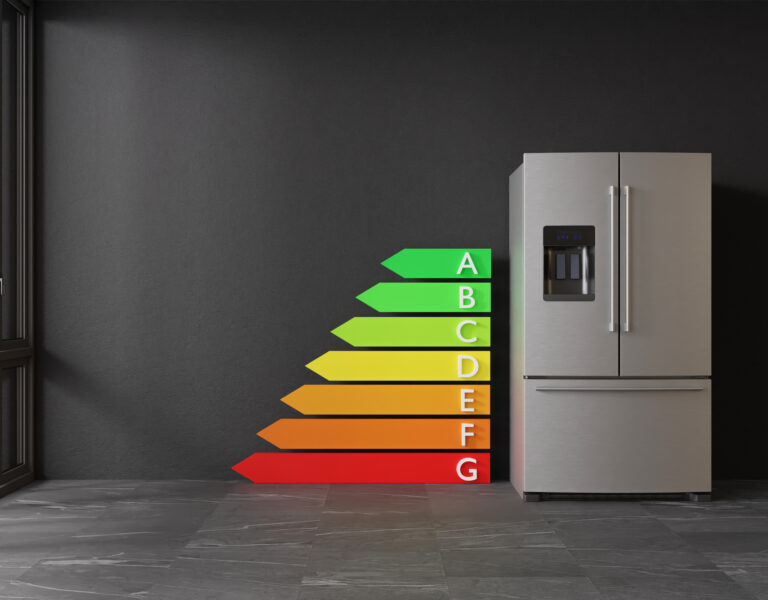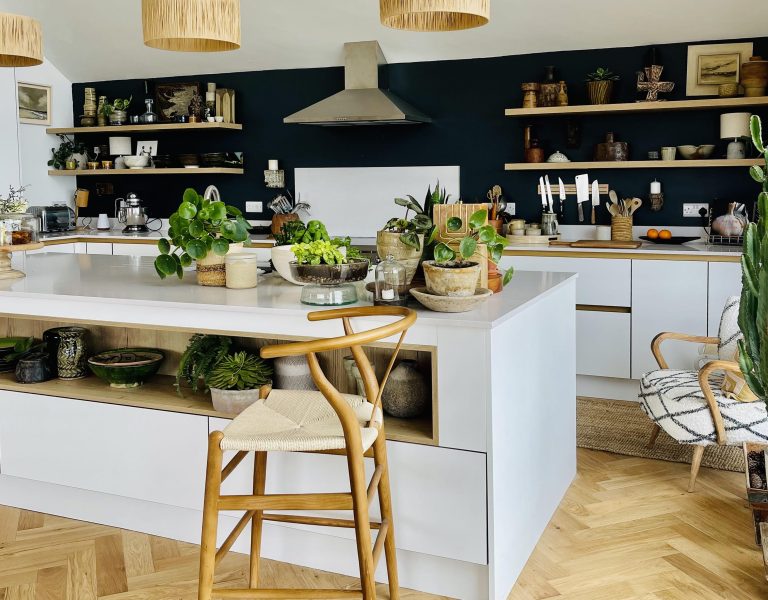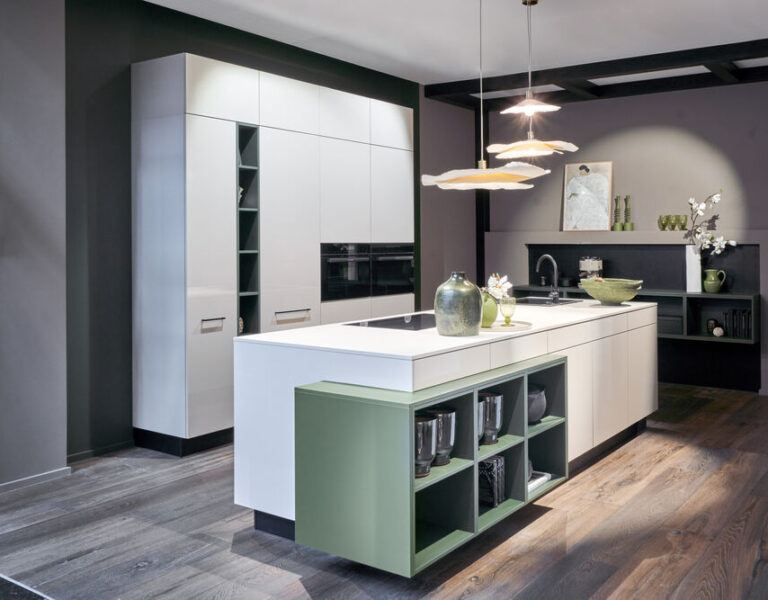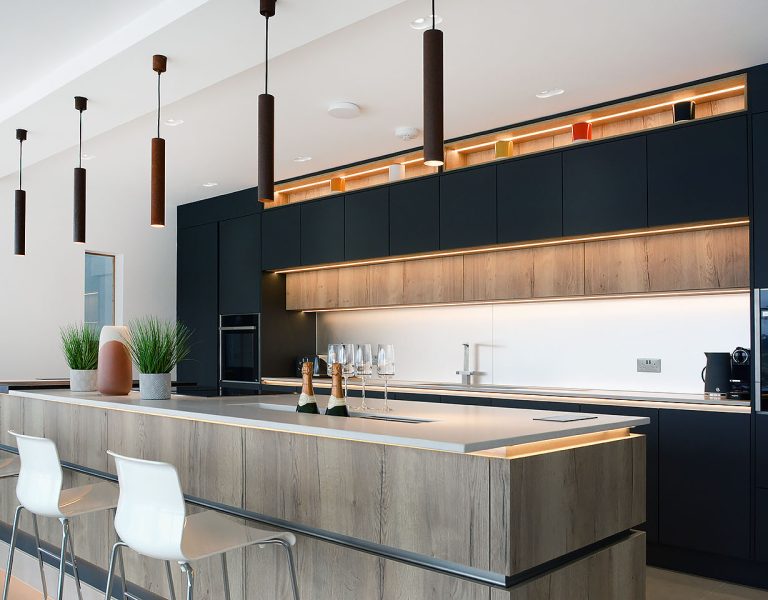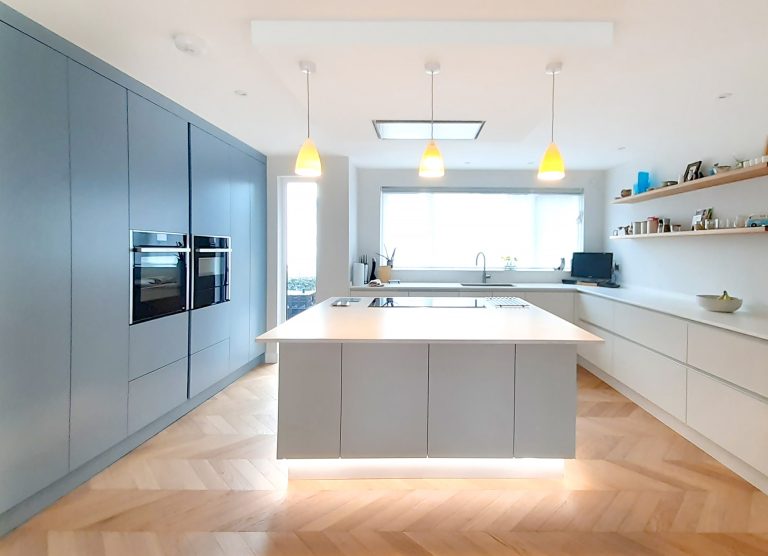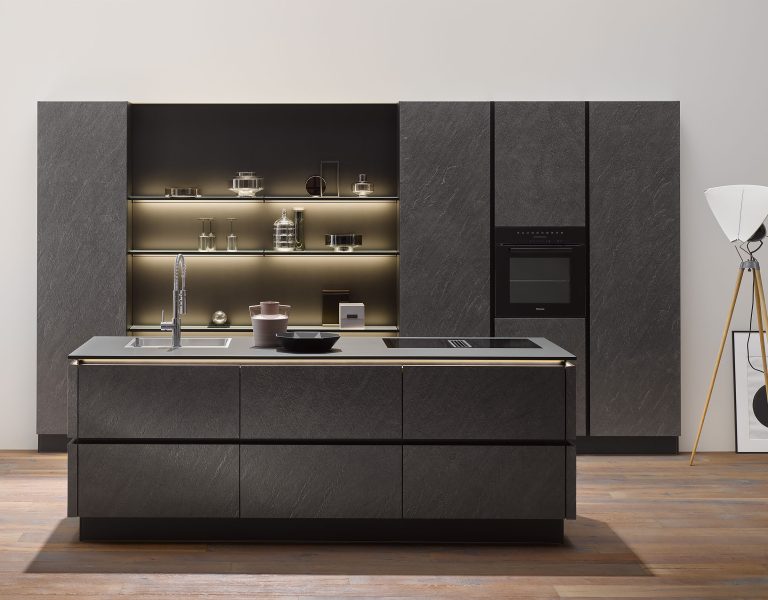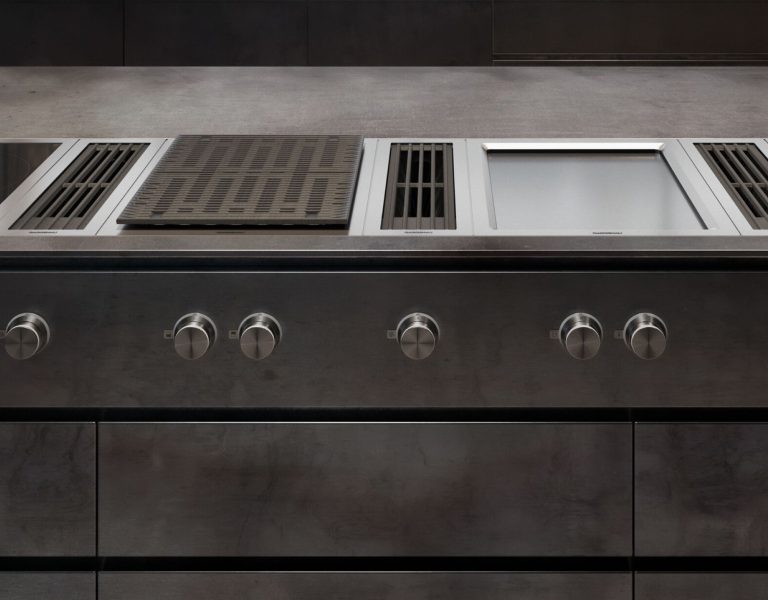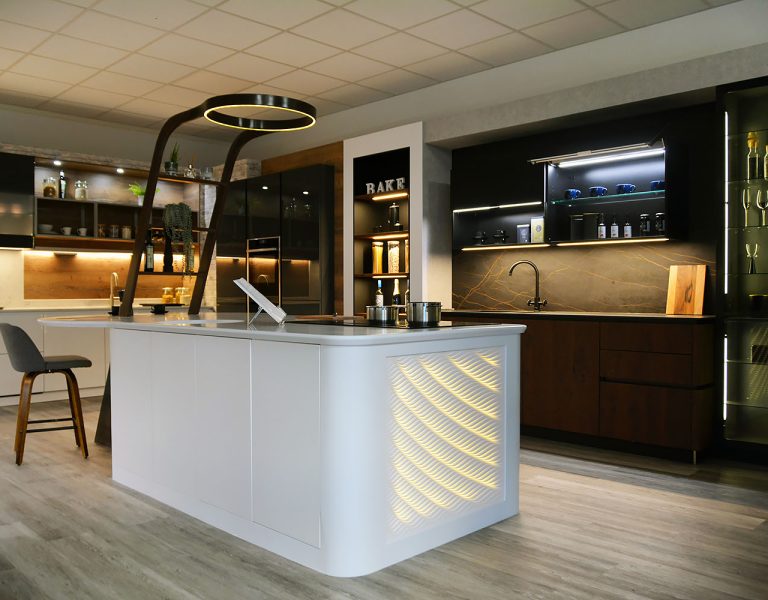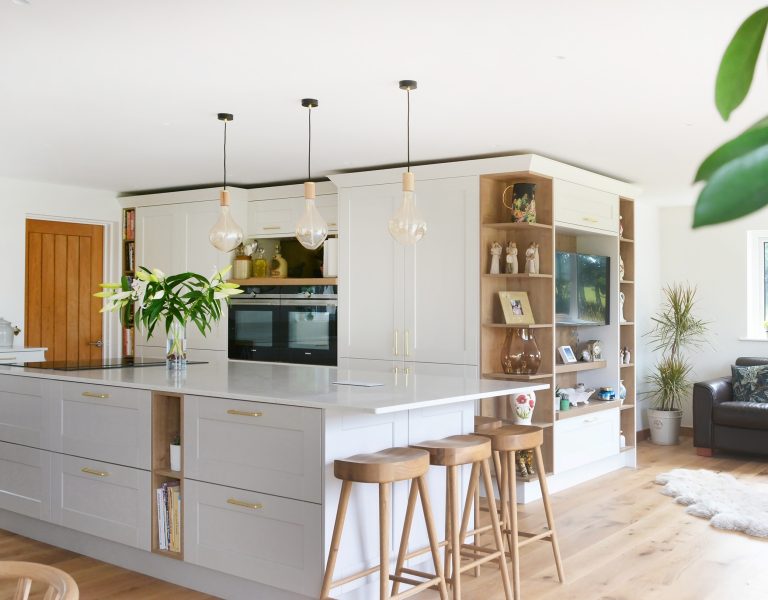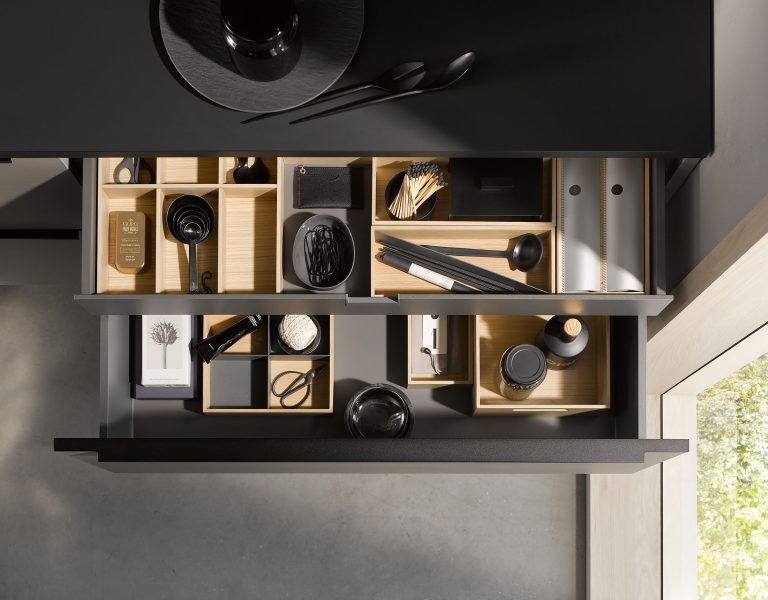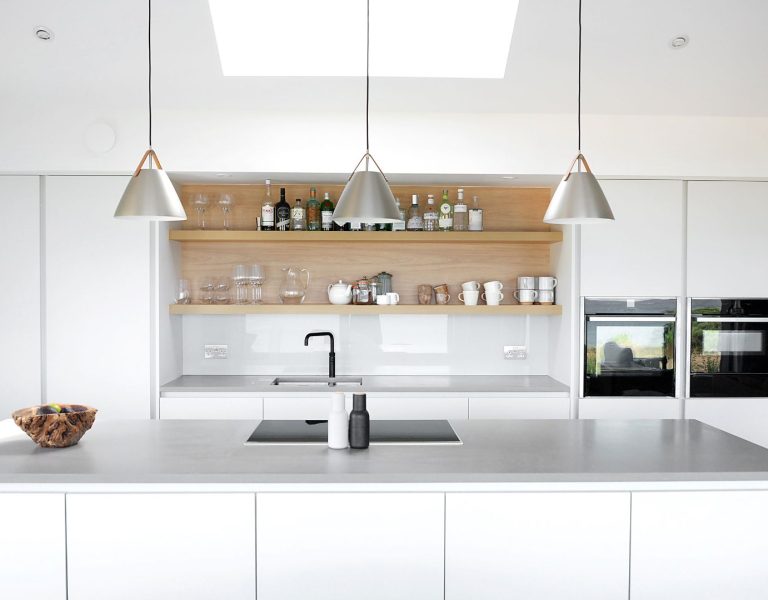How to Choose the Perfect Lighting for Your Culinary Haven
Welcome to a world where style meets functionality – the kitchen. As the heart of the home, the kitchen is where culinary magic happens, where memories are made, and where families gather to share meals and stories. But what sets apart a good kitchen from a great one? The answer lies in the lighting. Lighting plays a crucial role in creating the perfect ambiance and enhancing the functionality of your culinary haven. Whether you’re whipping up a gourmet meal or simply enjoying a cup of coffee, the right lighting can elevate your kitchen experience to a whole new level. In this guide, we will explore the art of choosing the perfect lighting for your kitchen, from selecting the right fixtures to understanding the different types of lighting techniques. Get ready to light up your kitchen and transform it into a stylish and functional space that will leave your guests in awe. Let’s dive in and discover the illuminating secrets to a dreamy kitchen space.

Importance of kitchen lighting
A well-lit kitchen is not only aesthetically pleasing but also highly functional. Good lighting can make all the difference in how you use your kitchen and how it makes you feel. Proper lighting can enhance visibility, improve safety, and create an inviting atmosphere that makes you want to spend more time in your culinary haven. Imagine trying to chop vegetables or read a recipe in a dimly lit kitchen – it can be frustrating and even dangerous. On the other hand, a well-lit kitchen allows you to see clearly, work efficiently, and enjoy the process of cooking. By understanding the importance of kitchen lighting, you can make informed decisions when it comes to selecting the right fixtures and techniques for your space.
When it comes to kitchen lighting, there are three main types to consider: task lighting, ambient lighting, and accent lighting. Each type serves a specific purpose and contributes to the overall functionality and ambiance of your kitchen. Let’s explore each type in more detail.
Different types of kitchen lighting
 Task lighting for specific kitchen areas
Task lighting for specific kitchen areas
Task lighting is designed to provide focused illumination for specific areas in the kitchen where tasks are performed. These areas include the countertops, stove, sink, and food preparation areas. Task lighting ensures that you have sufficient light to carry out tasks such as chopping, cooking, and washing dishes with ease and precision. Under-cabinet lights, pendant lights, and track lights are popular choices for task lighting in the kitchen. These fixtures can be strategically placed to eliminate shadows and provide direct, targeted light where it is needed the most.
 Ambient lighting for overall illumination
Ambient lighting for overall illumination
Ambient lighting, also known as general lighting, is the foundation of any well-lit kitchen. It provides overall illumination and sets the mood for the space. Ambient lighting should be evenly distributed throughout the kitchen to eliminate any dark corners or areas with insufficient light. This type of lighting creates a warm and inviting atmosphere that makes your kitchen feel welcoming and comfortable. Ceiling-mounted fixtures, recessed lights, and chandeliers are commonly used for ambient lighting in the kitchen. By choosing the right fixtures and positioning them strategically, you can achieve a balanced and well-lit environment that is both functional and visually appealing.
 Accent lighting to highlight design features
Accent lighting to highlight design features
Accent lighting is used to highlight specific design features or focal points in the kitchen, such as a beautiful backsplash, a statement piece of artwork, or an architectural element. Accent lighting adds depth and visual interest to your kitchen, drawing attention to the areas you want to showcase. This type of lighting can create a dramatic effect and enhance the overall aesthetic appeal of your space. Spotlights, wall sconces, and strip lights are popular choices for accent lighting in the kitchen. By carefully selecting the right fixtures and positioning them strategically, you can create a stunning visual impact that transforms your kitchen into a work of art.
Now that we have explored the different types of kitchen lighting, let’s dive into the process of choosing the right light fixtures for your kitchen.
Choosing the right light fixtures for your kitchen
When it comes to selecting light fixtures for your kitchen, there are several factors to consider. The size and layout of your kitchen, the style and design aesthetic you want to achieve, and your personal preferences all play a role in determining the right fixtures for your space. Here are some key factors to keep in mind when choosing light fixtures for your kitchen:
- Size and layout: Consider the size and layout of your kitchen when selecting light fixtures. A large kitchen may require multiple fixtures to ensure adequate lighting, while a smaller kitchen may only need a single fixture or a combination of fixtures to provide sufficient light. Additionally, consider the height of your ceilings and the placement of existing electrical outlets to determine the most suitable fixtures for your space.
- Style and design: The style and design aesthetic of your kitchen should guide your choice of light fixtures. Whether your kitchen is modern, traditional, farmhouse, or eclectic, there are a wide variety of fixtures available to complement your design theme. Consider the materials, finishes, and shapes that will best complement your overall kitchen decor and create a cohesive look.
- Functionality and features: Think about the functionality and features you need from your light fixtures. Do you want adjustable lights that can be directed to specific areas? Do you need dimmable lights to create the perfect ambiance? Consider these factors when selecting fixtures to ensure they meet your specific needs and enhance the functionality of your kitchen.
- Energy efficiency: With increasing concerns about energy consumption and environmental impact, it is important to consider energy-efficient lighting options for your kitchen. LED lights are a popular choice for their energy efficiency, long lifespan, and low maintenance requirements. They also come in a variety of colour temperatures, allowing you to customize the lighting in your kitchen to suit your preferences.
By considering these factors and exploring different options, you can find the perfect light fixtures for your kitchen that not only meet your practical needs but also enhance the overall aesthetic appeal of your space.

Factors to consider when selecting kitchen lighting
In addition to choosing the right light fixtures, there are other factors to consider when selecting kitchen lighting. These factors can help you create a well-balanced lighting scheme that maximizes functionality and creates a visually appealing ambiance. Here are some key factors to keep in mind:
- Colour temperature: The colour temperature of your kitchen lighting can greatly impact the atmosphere and mood of your space. Warm white light (around 2700-3000 Kelvin) creates a cozy and inviting ambiance, while cool white light (around 4000-5000 Kelvin) provides a brighter and more energizing feel. Some LEDs can be white colour-tunable allowing you to vary the temperature dep[endent on the time of day, the effect of the natural light in your kitchen or the mood you wish to create. For fixed colour lighting we help you to consider the desired ambiance of your kitchen and choose the appropriate colour temperature for your lighting fixtures.
- Lighting controls: Having the ability to control and adjust your kitchen lighting is essential for creating the perfect ambiance. Dimmer switches, smart lighting systems, and timers are just a few options to consider. These controls allow you to customize the lighting in your kitchen to suit different activities and moods, whether you’re hosting a dinner party or enjoying a quiet evening with your family.
- Lighting layers: Creating layers of light in your kitchen can add depth and dimension to your space. By combining different types of lighting – task, ambient, and accent – you can achieve a well-balanced and visually appealing lighting scheme. Experiment with different combinations and positions of light fixtures to create a layered effect that enhances the functionality and aesthetic appeal of your kitchen.
- Maintenance and cleaning: Consider the maintenance and cleaning requirements of your chosen light fixtures. Some fixtures may be more difficult to clean or require regular bulb replacements. Opt for fixtures that are easy to maintain and clean, ensuring that your kitchen lighting remains in optimal condition for years to come.
By considering these factors and taking the time to plan your lighting scheme, you can create a kitchen that is both functional and visually stunning.

Energy-efficient lighting options for your kitchen
With the increasing focus on energy conservation and sustainability, it is important to consider energy-efficient lighting options for your kitchen. Not only do these options help reduce your carbon footprint, but they also save you money on energy bills in the long run. Here are some energy-efficient lighting options to consider for your kitchen:
- LED lights: LED lights are highly energy-efficient and have a long lifespan compared to traditional incandescent or fluorescent bulbs. They consume less energy while providing bright and focused illumination. LED lights are available in a variety of color temperatures, allowing you to customize the lighting in your kitchen to suit your preferences. Additionally, LED lights are durable and require minimal maintenance, making them an excellent choice for kitchen lighting. Most of our kitchen lighting will use LED bulbs.
- CFL lights: Compact fluorescent lights (CFLs) are another energy-efficient option for kitchen lighting. They use up to 75% less energy than incandescent bulbs and have a longer lifespan. CFLs provide bright, white light that is suitable for task lighting and general illumination. However, it is important to note that CFLs contain a small amount of mercury and should be disposed of properly to minimize environmental impact.
- Natural light: Maximizing natural light in your kitchen is not only energy-efficient but also beneficial for your well-being. Consider incorporating windows, skylights, or glass doors in your kitchen design to allow natural light to flood the space. If possible position tall or wall cabinets so that they don’t block your kitchen’s natural light. Natural light creates a warm and inviting atmosphere, reduces the need for artificial lighting during the day, and provides numerous health benefits.
By incorporating energy-efficient lighting options in your kitchen, you can reduce your energy consumption, lower your carbon footprint, and create a more sustainable and eco-friendly space.
Tips for creating a balanced lighting scheme

Creating a balanced lighting scheme in your kitchen is essential for both functionality and aesthetics. Here are some tips to help you achieve a well-balanced and visually appealing lighting scheme:
- Layer your lighting: As mentioned earlier, layering your lighting is key to creating a balanced and dynamic lighting scheme. Combine different types of lighting – task, ambient, and accent – to achieve the desired effect. This will provide both functional lighting for tasks and overall ambiance for your kitchen.
- Consider lighting placement: Proper placement of light fixtures is crucial for achieving optimal lighting conditions in your kitchen. For task lighting, ensure that the fixtures are positioned to eliminate shadows and provide direct light where it is needed. For ambient lighting, distribute the fixtures evenly throughout the space to eliminate any dark areas. For accent lighting, position the fixtures to highlight the specific design features or focal points you want to showcase.
- Use dimmers: Dimmers are a great tool for creating the perfect ambiance in your kitchen. They allow you to adjust the brightness of your lights to suit different activities and moods. Whether you’re cooking, entertaining, or enjoying a quiet evening, dimmers give you the flexibility to customize the lighting in your kitchen.
- Avoid glare: Glare can be a major issue in the kitchen, especially when working with reflective surfaces such as countertops and stainless-steel appliances. To minimize glare, choose fixtures with diffusers or frosted glass to soften the light. Position the fixtures in a way that directs the light away from reflective surfaces to reduce glare and ensure comfortable visibility.
- Experiment and adjust: Creating the perfect lighting scheme for your kitchen may require some trial and error. Don’t be afraid to experiment with different combinations and positions of light fixtures. Adjust the brightness, colour temperature, and placement of the fixtures until you achieve the desired effect. Remember, lighting is a personal choice, and what works for one person may not work for another. Trust your instincts and create a lighting scheme that suits your preferences and enhances the functionality and aesthetics of your kitchen.
By following these tips and taking the time to plan your lighting scheme, you can create a kitchen that is well-lit, visually stunning, and highly functional.
Conclusion: Creating a well-lit and inviting kitchen space
In conclusion, the perfect lighting can transform your kitchen from a functional space to a stylish and inviting haven. By understanding the importance of kitchen lighting and exploring the different types and techniques available, you can create a well-balanced lighting scheme that enhances both the functionality and aesthetics of your kitchen. From selecting the right light fixtures to considering energy-efficient options, there are numerous factors to consider when choosing the perfect lighting for your culinary haven. Remember to consider the size and layout of your kitchen, the style and design aesthetic you want to achieve, and your personal preferences when selecting light fixtures. Experiment with different combinations and positions, and don’t be afraid to adjust and fine-tune until you achieve the desired effect. With the right lighting, your kitchen can become a truly dreamy space that inspires creativity, fosters togetherness, and sets the stage for culinary delights. So go ahead, light up your kitchen and create a space that illuminates your culinary adventures.


